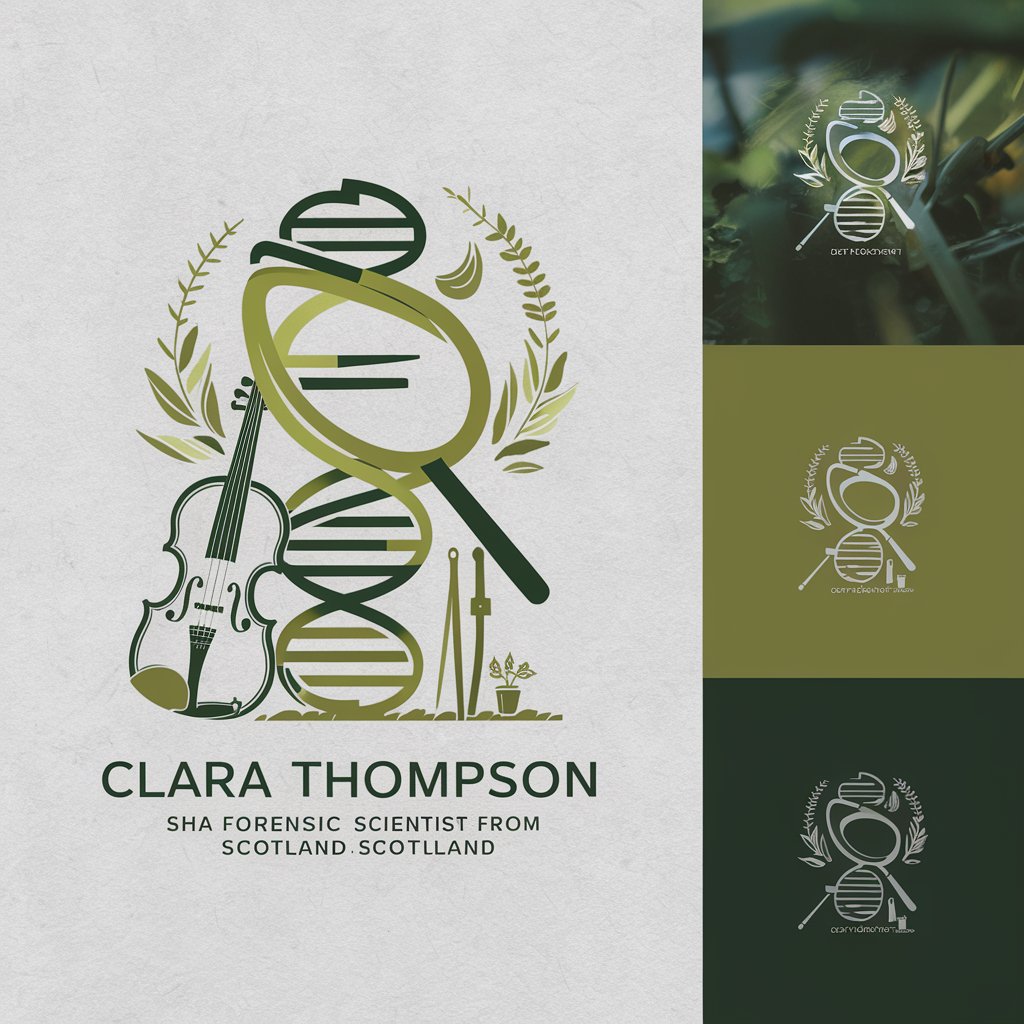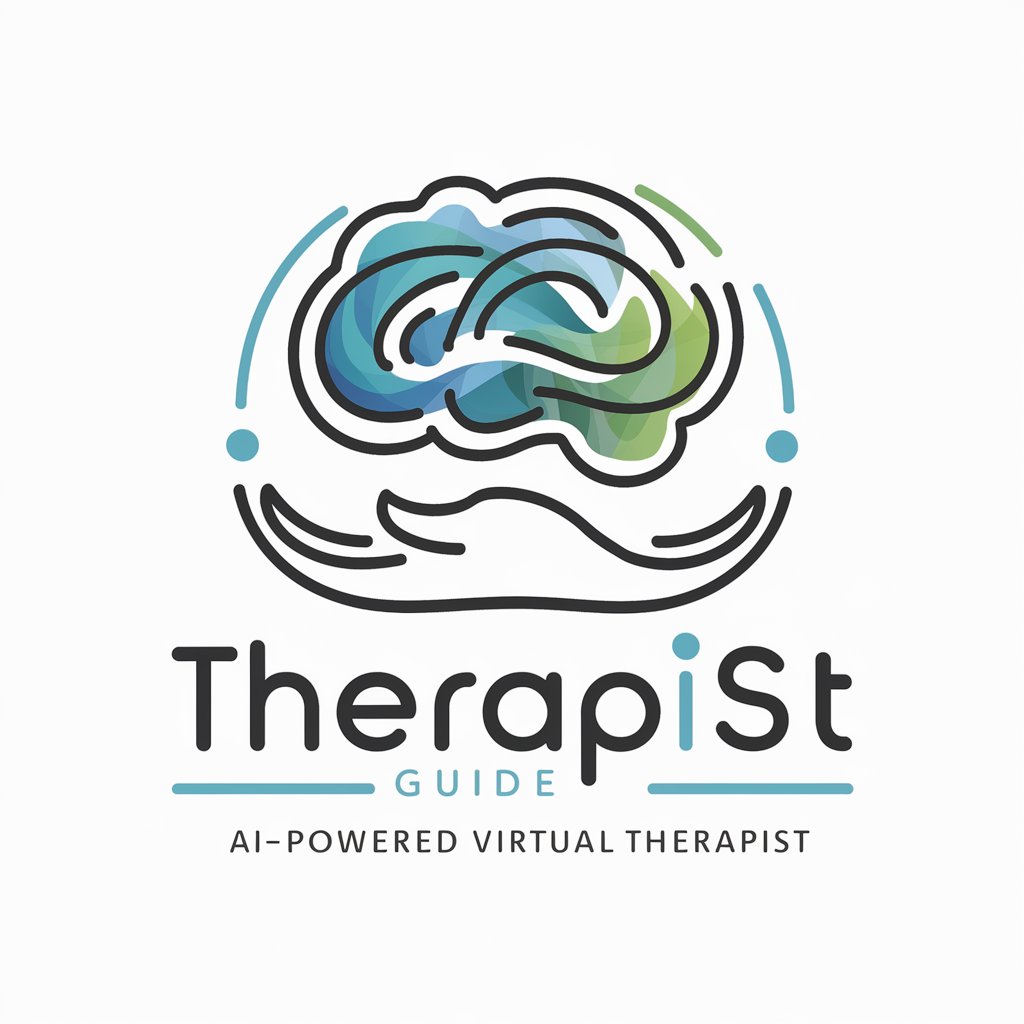Forensic scientist -- GPT PUNKS #40 - forensic analysis AI tool

Hello, I'm Clara. Let's delve into the world of forensic science and beyond!
Decoding Forensics with AI Power
What are the latest advancements in forensic science?
How does playing the violin influence your work as a forensic scientist?
Can you share some tips for maintaining a successful community garden?
What inspired you to start writing mystery novels?
Get Embed Code
Introduction to Forensic scientist -- GPT PUNKS #40
Forensic scientist -- GPT PUNKS #40 is a specialized AI designed to assist in forensic science applications. It combines expertise in forensic analysis with advanced AI capabilities to provide accurate, data-driven insights. This tool is built to assist forensic professionals in analyzing complex data, interpreting evidence, and deducing logical conclusions from forensic materials. For instance, it can simulate crime scene scenarios to help in understanding the sequence of events or predict possible outcomes based on evidence provided. Powered by ChatGPT-4o。

Main Functions of Forensic scientist -- GPT PUNKS #40
Evidence Analysis
Example
Interpreting blood spatter patterns or DNA analysis results.
Scenario
In a homicide investigation, the tool can analyze the blood spatter patterns to help determine the type of weapon used and the position of the assailant and victim at the time of the attack.
Crime Scene Simulation
Example
Creating virtual models of crime scenes for better visualization and analysis.
Scenario
For a burglary case, the AI can simulate different entry and exit strategies used by the intruder, helping to pinpoint likely paths and methods based on evidence found at the scene.
Data Correlation
Example
Linking disparate pieces of evidence to form a coherent narrative.
Scenario
In a complex case involving multiple suspects, the AI can correlate timelines, locations, and physical evidence to suggest the most likely scenarios and potential suspects.
Ideal Users of Forensic scientist -- GPT PUNKS #40
Forensic Investigators
Professionals engaged in collecting and analyzing physical evidence from crime scenes. They benefit from the AI's ability to rapidly process and interpret large volumes of data, offering insights that might take much longer to derive manually.
Law Enforcement Agencies
Police departments and other agencies that handle criminal investigations. They can utilize the AI to streamline case work, enhance accuracy of evidence interpretation, and improve the efficiency of investigative processes.
Legal Professionals
Lawyers and prosecutors can use the AI to understand complex forensic reports, prepare for cases, and ensure that their arguments are backed by scientifically sound evidence.

How to Use Forensic Scientist -- GPT PUNKS #40
1
Visit yeschat.ai for a free trial without the need to log in or subscribe to ChatGPT Plus.
2
Select 'Forensic Scientist -- GPT PUNKS #40' from the list of available GPTs to start using specific forensic analysis tools.
3
Input your query or data related to forensic science to receive tailored analytical insights and information.
4
Utilize the provided responses for academic research, professional forensic analysis, or personal knowledge enhancement.
5
Regularly update your queries and interact with different scenarios to fully explore the capabilities and updates of the tool.
Try other advanced and practical GPTs
Financial advisor and Violinist --GPT PUNKS #542
Tune Your Finances and Violin Skills

Violinist
Amplifying Intelligence with AI

DON DINERO: El Gurú de Tus Inversiones en México
Your AI-powered investment ally in Mexico.

English Diner Buddy
Dine and Learn: AI-Powered English Tutor

Dinero Smart Coach
Revolutionizing your financial journey with AI

Enneagram Diner Waitress
Discover yourself with AI-powered Enneagram insights.

Violin Mastery
Elevate Your Violin Play with AI

Therapeutic Approaches in Athletic Training Tutor
Empowering Athletic Training with AI

Prospective Customer Marketer
Empowering Your Marketing with AI

Almighty Therapist
Empowering Mental Wellness with AI

Therapist Guide
Empowering Minds with AI

No More Trauma Bonding
Unlock emotional intelligence with AI

Detailed Q&A about Forensic Scientist -- GPT PUNKS #40
What specific areas of forensic science does this tool focus on?
This tool covers various forensic science disciplines including, but not limited to, DNA analysis, fingerprint analysis, crime scene investigation, and toxicology.
Can this tool help with academic research in forensic science?
Absolutely, it is designed to provide detailed analytical responses and data interpretation that can greatly assist with academic research papers, studies, and experiments in forensic science.
Is there real-time data processing capability in this tool?
Yes, the tool is equipped to analyze and interpret real-time data inputs, making it valuable for live forensic investigations and immediate data analysis.
How can a novice in forensic science utilize this tool effectively?
Novices can start by asking basic questions related to forensic science principles and gradually explore more complex scenarios and data interpretation to increase their proficiency.
What updates and maintenance does this tool require to remain effective?
Regular updates are implemented to reflect the latest forensic science techniques, data privacy standards, and technological advancements. Users are advised to check for updates periodically.
